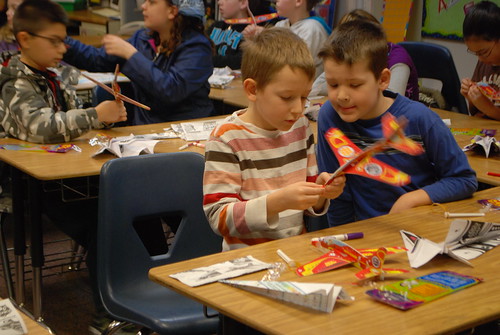There are so MANY different approaches to the wonderful world of Home schooling. In today’s post, I will describe several of these. Then you can get an introduction, and go from there. You might want to test your children while they are toddlers, in order to find out what their “preferred style (or styles) of Learning” are.
Charlotte Mason Homeschooling
Charlotte Mason is the person who began home schooling. She believed very much in emphasizing literature and the classics – the fine arts, classic literature, classical music, poetry and crafts.
Her method is obviously meant to provide a young student with an awareness of great literary achievements, yet she also wanted to encourage a young person to have a respect for nature, and for the finer (more beautiful ) things in life. Thus, she encourages the use of Nature diaries in her approach.
With the
Charlotte Mason homeschooling method,
a youngster has a good chance of becoming very well-rounded, and will likely develop an appreciation for the theatre, poetry, great works of art & literature (think “museums”), and should respect his environment.
If this is something you want for your child, then you can consider the
Charlotte Mason homeschooling approach.
Basically, with the  Charlotte Mason way of homeschooling, your child should have a character-building experience.
Charlotte Mason way of homeschooling, your child should have a character-building experience.
*****************************************************************************************************************************************
ECLECTIC HOMESCHOOLING
Mad Science – Author:ElementaryPenguin
The Eclectic Homeschooling is actually a combination of several techniques. With this homeschooling method, parents trust their instincts – their own Knowledge Base to determine what the curriculum for each of their students should be. Of course, the homeschooling parents are wanting the very best products to use for their children’s learning.
And, once parents have come up with some ideas – a “starting point” for their kids’ curriculum – they will improvise from there. In other words, while the basic curriculum is established, parents feel free to alter it and adapt it to the best interests of their children. Every kid’s learning style is different – to determine what your child’s LEARNING STYLE is, visit this official source
As an example, once you know one of your children learns best through visual demonstrations and examples, you can plan to take him to a variety of places – from tours of factories (to see how things are made), to visits to libraries, the theater or also art museums.
John Holt Method of Homeschooling: Unschooling
John Holt is the man who came up with ‘unschooling‘. Mr. Holt felt kids could learn better at their own pace. He wanted them to be guided by their own interests, too. With this approach, there is no set schedule, or required materials one must use. *Of course, you will have to check with your home state to determine whether you can use this, or will have to utilize certain school district materials.
Of all the home schooling methods, unschooling is really the most unstructured.
Dr. Maria Montessori
Montessori Homeschooling
Montessori method has a foundation in flexibility. That is, the core concept is to focus on the child’s own desires. It is key to utilize the child’s natural thirst for knowledge (and curiousity) in this approach.
Maria Montessori was an Italian doctor who helped instruct poor children in Rome’s ghettos. She was a true visionary, and she founded an educational movement which is yet popular today.
Here is a direct quote from About.com: “Dr. Montessori was an early advocate of what has become known as the multiple intelligences theory. It posits that children learn using intelligences other than reading and writing. Children learn by a process of discovery rather than being taught by rote.”
“Dr. Montessori’s view of the nature of the child, on which the Montessori method is based, is that children go through a series of “sensitive periods” with “creative moments,” when they show spontaneous interest in learning. It is then that the children have the greatest ability to learn, and these periods should be utilized to the fullest so that the children learn as much as possible; and they should not be held back by nonnatural curricula or classes.” – From answers.com
The materials for Montessori are fairly expensive – so bear this in mind.
In essence, children have a natural desire for knowledge. Thus, work can be its own reward, & as Maria Montessori stated, no further reward should be necessary.
Further Reading: Homeschooling Preparations Homeschooling Origins Homeschooling: Printable Forms
Public School vs Homeschooling
Sites Referenced in this article: answers.com AND About.com
Copyright Healthy Kids



